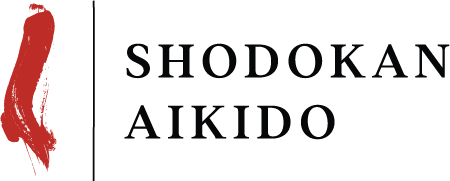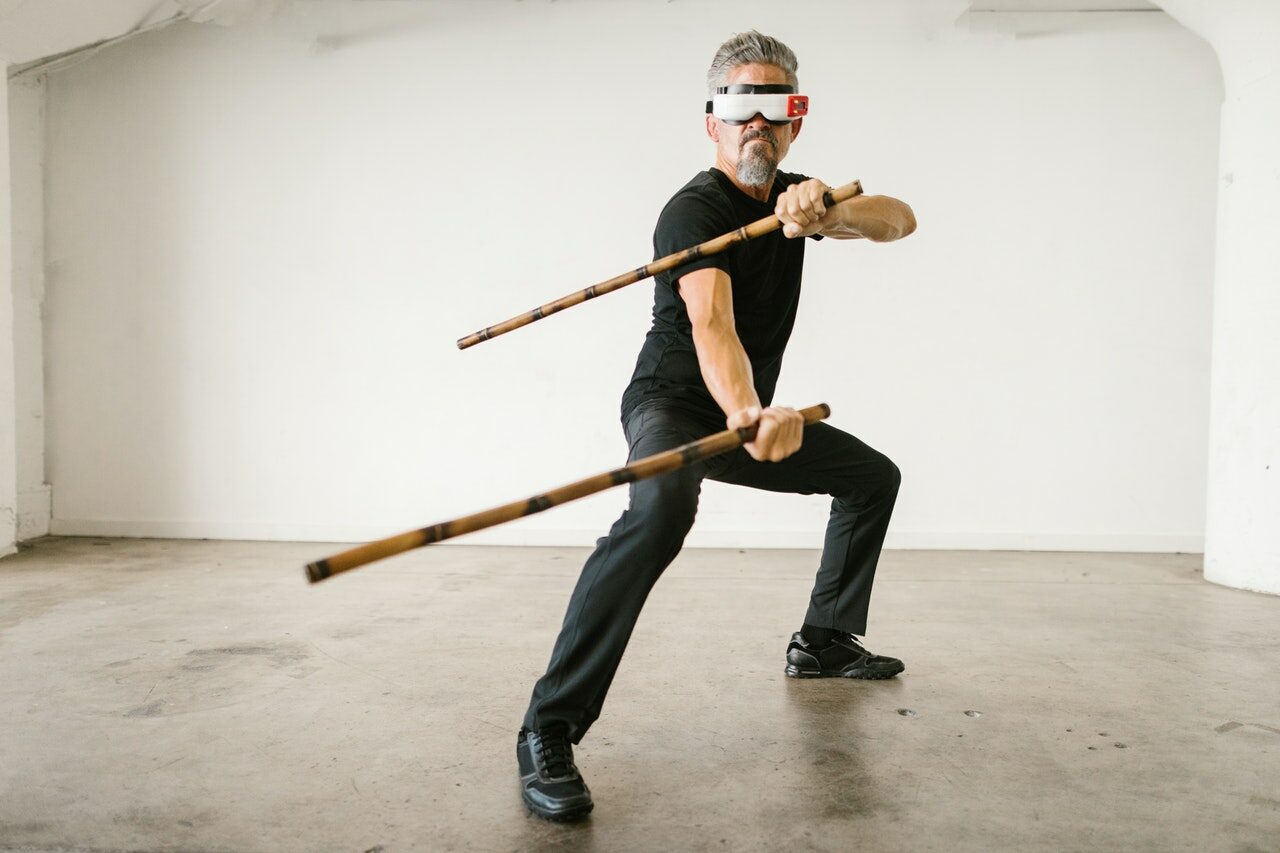Any martial art is prone to have different styles, unless it is a martial art created by a master nobody knows of, in his own den, cave or apartment. Most popular martial arts, the ones that reach global status and are practiced in multiple countries, have different styles, simply by exposure and uniqueness of the practitioners.
Aikido is a martial art that is fairly popular, one that is practiced all over the world. Even after its founding, the original students of Morihei Ueshiba have created their own styles of aikido, during Ueshiba’s lifetime. There have been more styles of aikido since then, and here they are, the most important ones.
The Original – The Aikikai School
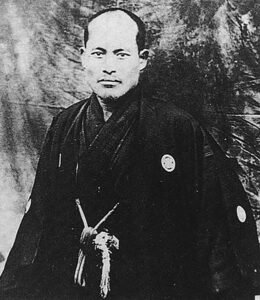
The original school of aikido is the Aikikai school, founded by the founder of aikido, Morihei Ueshiba. It is a respected and prominent name in aikido, but it was not the one to bring aikido to the world, ironically enough. With most traditions, the aikikai is mostly practiced in Japan, and is an enigma to most practitioners.
The aikikai is actually a collection of styles. Pre-war aikido was different, focusing more on aikijujutsu techniques, rather than the flowing katas for which it is known.
The demographic also required a change in the way of exercise, focusing more on the flow, rather than strength and severity of moves, something which suited the young and elderly better.
Yoshinkan Aikido
Yoshinkan aikido was founded by Ueshiba’s student, Gozo Shioda. This style of aikido is much closer to the original aikijujutsu style of aikido that was practiced pre-war. It is harder and more rigorous and techniques are practiced in pairs until one reaches the rank of shodan or black belt. When students reach this rank, they start practicing free flow exercises, because otherwise, it would lead to more stiffness and an overall lack of flow. It is the second most popular aikido style on the planet.
Yoseikan Aikido
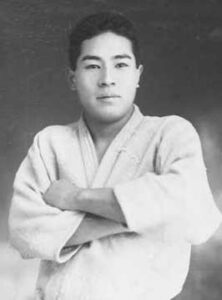
Minoru Mochizuki was a student of Ueshiba, and one that actually popularized aikido in other countries, starting with France in the 1950s. However, Mochizuki had his concerns with aikido, and its shortcomings to meet all challenges. He studied multiple martial arts as well as aikido, such as karate, jujutsu, judo, kobudo, kendo, iaido, and many more.
His prowess in these arts gave him perspective and he incorporated more moves into aikido, such as those of the attacker, so his students also learned how to attack.
Defenders improved their defensive vocabulary by adding moves from judo, as well as moves which teach the defenders on how to escape locks.
Shodokan Aikido
This is the most popular aikido style in the world, called Shodokan or sport aikido. It is the most used style on aikido tournaments and one of the only ones that allow the practice of aikido in tournament situations. It was founded by Kenji Tomiki and has a strong focus on randori or free sparring. Compared to most aikido styles, this one is more focused on practicing the forms in free practice rather than drilling them through kata and form exercises.
Iwama Style Aikido
Iwama style aikido was taught by Ueshiba’s student Morihiro Saito. It focuses on katas and weapon practice, but in a stricter way. Saito believed that a progression in practice was very important, so his students had to practice katas first, then progress to flowing movement, also called jutai. In the end, they would practice Ki-no nagare, which literally means the flow of ki.
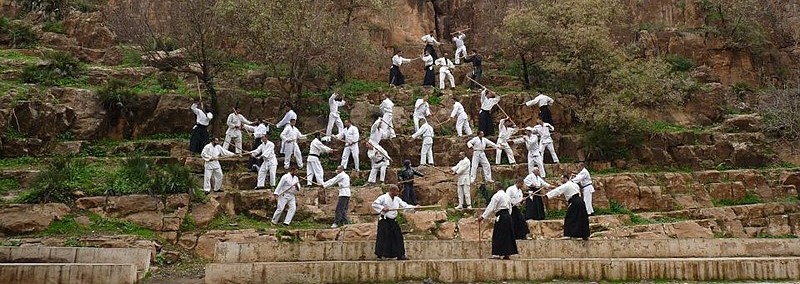
Aikido, like most popular martial arts, has a plethora of styles and the ones mentioned above are direct derivatives of the original aikikai. There are other styles, which are more distant relatives, combinations of multiple martial arts and aikido.
